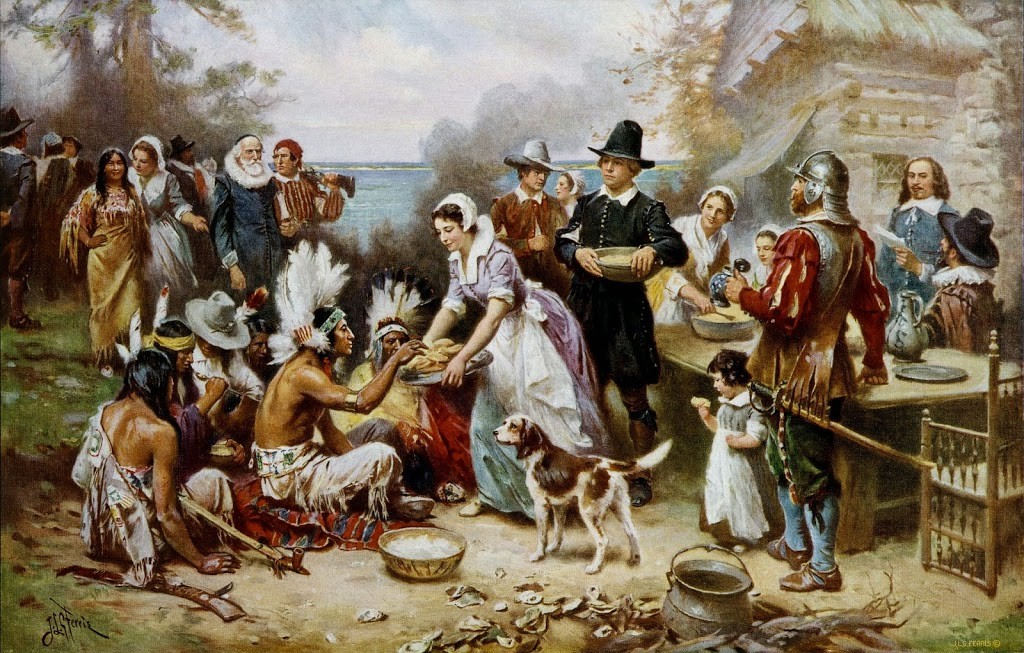The ornaments of the nobility consisted of head-dresses of feathers, palaoas, or charms of bone suspended from the neck, and necklaces and bracelets of shells. (Kalakaua)
The lei niho palaoa were among the most significant symbols of rank in Hawai‘i. (Bishop Museum)
The koholā or whale was formerly called the palaoa. (Malo) “The whale is the largest ocean creature and a majestic manifestation of Kanaloa.
From the ivory of this creature. The highly prized ‘Palaoa’ or whale-tooth pendant is carved. This palaoa wa only worn by ali‘I of highest rank.” (Kanahele)
The scarcity of the palaoa and its connection to Kanaloa brought mana to the carver, to the pendant itself and eventually to the wearer of the pendant.
The aliʻi who possessed this kinolau or body form of the great God would himself/herself acquire the characteristics, intelligence and knowledge of the God. Therefore, it would be advantageous for any aliʻi to secure the ivory whale-tooth of this Kanaloa body form. (KIRC)
The carved hook pendant is strung on thousands of finely braided strands of human hair. These significant lei were worn by Ali‘i of both genders. These whale teeth were collected from carcass that would wash ashore at specific places in the islands. (Bishop Museum)
The carved form of the lei niho palaoa pendant mimics the shape of a protruding tongue. It alludes to the genealogical right of the chiefs to speak for and rule their people.
The pendant is suspended on coils of finely braided human hair. As hair contains mana, or divine power, a chief wearing a lei niho palaoa carried the mana of his or her ancestors, as well as that of the gods.
The term lei niho palaoa has evolved over time to refer to the symbolic representation of the pendant, and not necessarily the material from which they were made.
Many lei niho palaoa worn by members of high rank in Hawaiian society were crafted from materials such as bone or coral. However, lei niho palaoa made of sperm whale ivory were reserved only for the highest of aliʻi, or chiefs. One such Lei Niho Palaoa was Nalukoki. This was Ke‘eaumoku’s – father of Ka‘ahumanu.
Following Kalaniʻōpuʻu’s death in 1782, the chiefdom was inherited by his son Kīwalaʻō; Kamehameha (Kīwalaʻō’s cousin) was given guardianship of the Hawaiian god of war, Kūkaʻilimoku.)
Dissatisfied with subsequent redistricting of the lands by district chiefs, civil war ensued between Kīwalaʻō’s forces and the various chiefs under the leadership of Kamehameha.
At the first major skirmish, the battle of Mokuʻōhai (a fight between Kamehameha and Kiwalaʻo in July, 1782 at Keʻei, south of Kealakekua Bay on the Island of Hawaiʻi).
During the battle, “When Kīwala‘ō saw this high chief of Hawai‘i being thrust at by the men surrounding him, he called out in a hoarse voice: ‘Ea, be careful in thrusting the spear! Take care lest the niho (lei niho palaoa) be smeared with blood.’”
“When Ke‘eaumoku heard Kīwala‘ō’s first words, he thought he was to be saved, because of the command to be careful in thrusting the spears. When Kīwala‘ō uttered the last words, he realized he was in danger since the niho palaoa he was wearing was the source of Kīwala‘ō’s concern, lest it be soiled with blood.”
“This famous lei niho palaoa was named Nalukoki. Kīwala‘ō greatly prized it for it had been skillfully made of the hair of some famous ali‘i of Hawai‘i Nei, and if it had been soiled with blood its excellence would have been impaired.”
“At this moment, Kamanawa, one of the sacred twins of Kekaulike, saw Ke‘eaumoku’s danger. He quickly moved his men to where Ke‘eaumoku lay, and a heated battle was begun between his men and those of Kīwala‘ō.”
“In the midst of this heated battle a stone flew and struck Kīwala‘ō on the temple so that he fell close to where Ke‘eaumoku lay. When some of Kīwala‘ō’s chiefs saw the harm that had befallen their ali‘i ‘ai moku, they were weakened and began to retreat.”
Kīwala‘ō was not killed when struck by the stone, but had been stunned. “Ke‘eaumoku regained his strength and moved to where Kīwala‘ō lay.”
“He then said these words to the people who were listening: ‘I shall care for the body of the ali‘i.’ At the same time he seized the body of the faint Kīwala‘ō who was lying there, and with the leiomano in his hands, he slashed open Kīwala‘ō’s belly so that his entrails gushed forth and he died instantly.” (Desha)
“When Keōua and his chiefs realized that Kīwala‘ō was dead and they saw the slaughter of their men by Kamehameha’s warriors, they ran and leaped into the sea and swam to the canoes which awaited them.” (Desha)
After a struggle of more than ten years, in 1791, Kamehameha succeeded in securing control over that island of Hawaiʻi (and later, the entire Hawaiian Islands chain.)


















